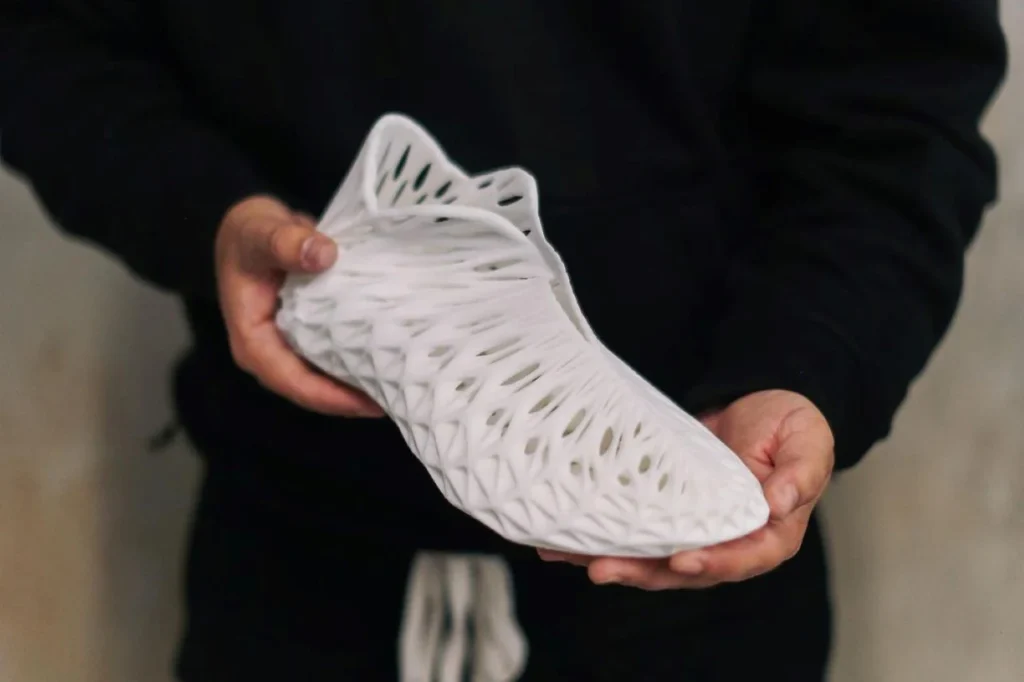3D Printed Shoes industry is stepping into the future with the innovative use of 3D printing technology. Today, crafting customized shoes is more accessible than ever, thanks to advancements in 3D printing. For designers, hobbyists, and entrepreneurs alike, the magic begins with the right 3D model STL. This blog post will explore how you can use 3D STL files, STL figures, and figure STLs to revolutionize shoe making. We’ll delve into everything from selecting the perfect 3D printer files to optimizing your craft machine files for footwear design.
Table of Contents
- Understanding 3D Printing in Footwear
- Choosing the Right 3D Model STL
- Designing with 3D STL Files
- From 3D Print STL to Real Shoes
- Optimizing Your 3D Printer Files
- Craft Machine Files: Tips and Tricks
- Future Trends in 3D Printed Footwear
Understanding 3D Printing in Footwear

The integration of 3D printing into shoe manufacturing is transforming the industry. By using 3D model STL, designers can create bespoke designs that are both innovative and functional. The versatility of 3D STL files allows for intricate customization, making it possible to tailor shoes not just for style, but for comfort and performance as well.
Choosing the Right 3D Model STL
Why the Right 3D Model STL Matters
Selecting the appropriate 3D model STL is crucial for successful shoe printing. This file format, which is essential for any 3D printing project, dictates the design’s precision and feasibility in production. Here, we’ll guide you through choosing the best 3D model STL for footwear, ensuring that your 3D printer files translate seamlessly from digital design to physical product.
Key Features to Look for in a 3D Model STL

When searching for the perfect 3D STL file for shoes, consider the complexity of the design, the level of detail required, and the material compatibility. These factors will affect the final product’s quality and wearability.
Designing with 3D STL Files
Using 3D STL files, designers can experiment with complex geometries that are difficult or impossible to achieve with traditional manufacturing methods. This section will cover how to manipulate and adapt figure STL for optimal results, turning innovative ideas into wearable realities.
From 3D Print STL to Real Shoes

Transforming your 3D print STL into actual shoes involves several steps. It’s not just about printing; it also includes finishing techniques like sanding, painting, and assembly. We’ll walk you through the process from 3D printer files to final product, highlighting best practices for each phase.
Optimizing Your 3D Printer Files
To ensure the best results, your 3D printer files must be meticulously prepared. This means optimizing the layout, orientation, and support structures of your craft machine files. Optimization not only improves the quality of the print but also minimizes material waste and time.
Craft Machine Files: Tips and Tricks

Craft machine files play a pivotal role in the smooth operation of your 3D printer. In this part, we will discuss how to maintain and tweak your 3D printer files to get consistent results, focusing on common challenges and how to overcome them.
Future Trends in 3D Printed Footwear
As technology progresses, the potential for 3D printed shoes only grows. We will explore upcoming trends, including the use of biodegradable materials and the integration of smart technology into 3D model STL. The future of footwear looks promising, with 3D printing at its heart.
In conclusion, whether you’re a seasoned designer or a newcomer to the world of 3D printing, understanding and utilizing the right 3D model STL is essential for success in creating custom shoes. By mastering the use of 3D STL files and optimizing your 3D printer files, you can lead the charge in this exciting, evolving industry.
